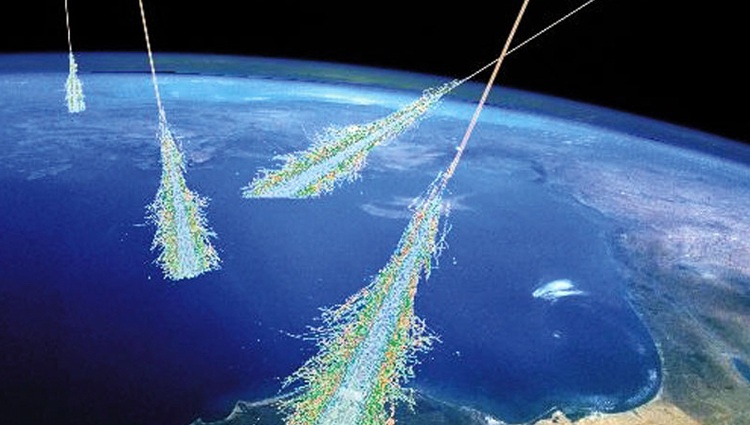Coldest Antimatter Ever Produced
Cooling down antimatter to a few degrees above absolute zero
WASHINGTON (ISNS) -- Physicists working at the CERN nuclear research lab on the border of Switzerland and France have generated the coldest particles of antimatter ever recorded.
The team cooled down antiprotons to temperatures colder than the surface of Pluto, as low as -443 degrees F -- just 17 degrees above absolute zero. Physicists studying cold antimatter hope to ultimately glean insights into why the universe is made of matter rather than antimatter.
In order to study this problem in depth, the team would need to combine cold antiprotons with an electron's antimatter partner, known as a positron, to form cooled atoms of antihydrogen. In this way physicists will be able to hold the neutral atoms in magnetic traps and analyze the behavior of antimatter more carefully.
"Hydrogen is one of the most studied systems in physics," said Jeff Hangst, spokesperson for the group responsible for antimatter research at low temperatures at CERN, in Geneva. "We would like to do the same kinds of precision measurements in the antimatter spectrum."
The anti-hydrogen cooler collects a large number of particles in a magnetic trap with an open top. Over time, the most energetic particles will bounce out of the trap, while particles with less energy remain trapped. The trap is gradually shrunk so that progressively cooler particles can escape, ultimately leaving behind only the very coldest particles.
"It's the same principle that cools your coffee while it sits on the table," said Hangst, referring to the way the hottest water molecules in your coffee evaporate away first, leaving cooler ones behind.
The previous record for the coldest antimatter was set in 1989 by a team at Harvard University who cooled antiprotons down to about -272 F.
Filed under

